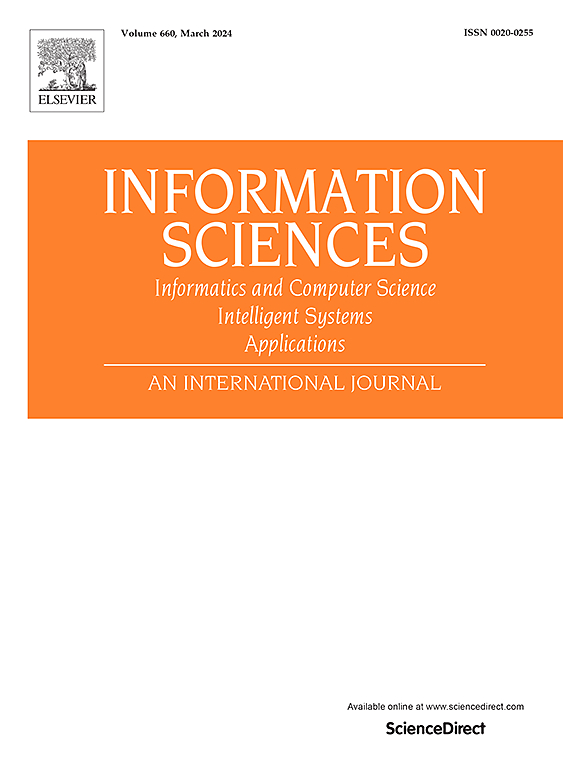IF 8.1
1区 计算机科学
0 COMPUTER SCIENCE, INFORMATION SYSTEMS
引用次数: 0
摘要
我们介绍的 VAR-VAE 是一种新型时间序列模型,它将变异自动编码器(VAE)的生成能力与潜在空间中的向量自回归(VAR)模型相结合。VAR-VAE 将噪声时间序列编码到一阶滞后 VAR 概率潜空间中。我们的研究表明,这提高了预测性能,减少了过拟合,尤其是在高噪声信号比的情况下。我们还表明,与传统的 CNN-LSTM 模型相比,VAR-VAE 可将 MSE 降低 3-10%,同时减少 66% 的训练历时。此外,我们还展示了该模型的概率预测如何改善不确定性条件下的实际决策。在使用模型衍生置信度的模拟证券交易场景中,与使用点估计相比,VAR-VAE 实现了更高的夏普比率和更高的方向准确性。这些结果凸显了模型在实际应用中的有效性,尤其是在有噪声数据的环境中。未来的研究重点可能是将 VAR-VAE 扩展到多步骤预测,或纳入更先进的潜在结构,如 VARMA 模型。本文章由计算机程序翻译,如有差异,请以英文原文为准。
Probabilistic Forecasting with VAR-VAE: Advancing Time Series Forecasting under Uncertainty
We introduce the VAR-VAE, a novel time series model that combines the generative capabilities of Variational Autoencoders (VAEs) with Vector Autoregression (VAR) models in the latent space. The VAR-VAE encodes noisy time series into a first-lag VAR probabilistic latent space. We show that this improves the forecasting performance and reduces overfitting, especially at high noise-to-signal ratios. We also show that, compared to a traditional CNN-LSTM model, the VAR-VAE yields a 3–10% reduction in MSE, while converging in 66% fewer training epochs. Furthermore, we also show how the model's probabilistic forecasts can improve practical decision-making under uncertainty. In simulated securities trading scenarios using model-derived confidence, the VAR-VAE achieves higher Sharpe Ratios and greater directional accuracy compared to using point estimates. These results highlight the model's effectiveness in practical applications, especially in environments with noisy data. Future research may focus on extending VAR-VAE to multi-step forecasting or incorporating more advanced latent structures, such as VARMA models.
求助全文
通过发布文献求助,成功后即可免费获取论文全文。
去求助
来源期刊

Information Sciences
工程技术-计算机:信息系统
CiteScore
14.00
自引率
17.30%
发文量
1322
审稿时长
10.4 months
期刊介绍:
Informatics and Computer Science Intelligent Systems Applications is an esteemed international journal that focuses on publishing original and creative research findings in the field of information sciences. We also feature a limited number of timely tutorial and surveying contributions.
Our journal aims to cater to a diverse audience, including researchers, developers, managers, strategic planners, graduate students, and anyone interested in staying up-to-date with cutting-edge research in information science, knowledge engineering, and intelligent systems. While readers are expected to share a common interest in information science, they come from varying backgrounds such as engineering, mathematics, statistics, physics, computer science, cell biology, molecular biology, management science, cognitive science, neurobiology, behavioral sciences, and biochemistry.
 求助内容:
求助内容: 应助结果提醒方式:
应助结果提醒方式:


